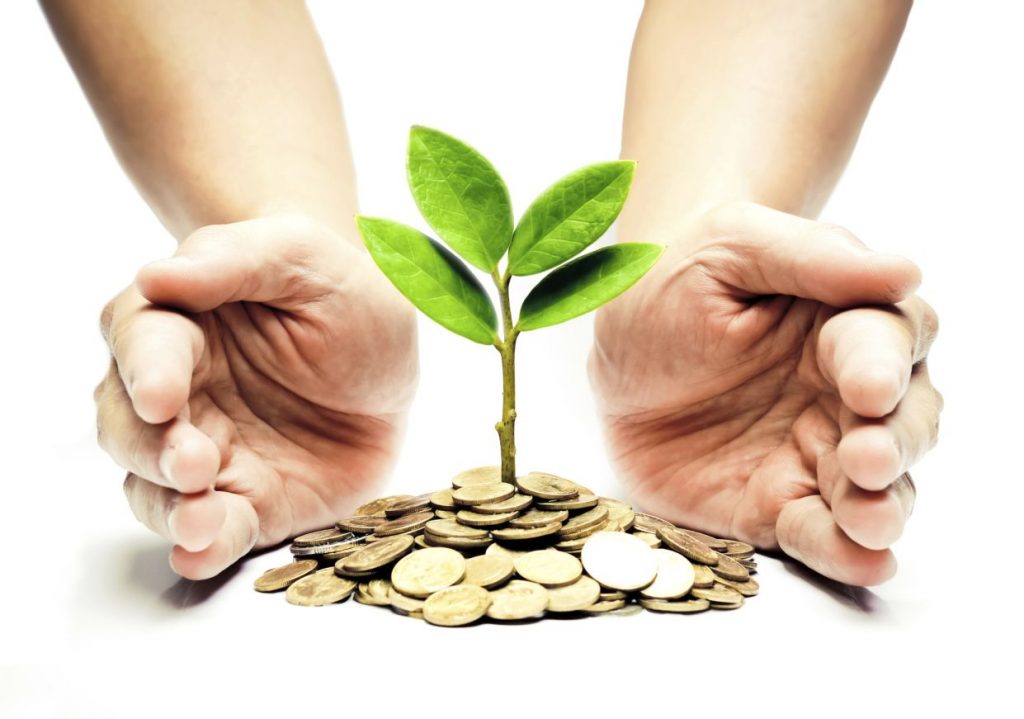Today, January 24th, the Business and Sustainable Development Commission presented a consultation version of the paper Better Finance, Better World at the World Economic Forum in Davos.
The commission has set up a taskforce to consider how to deploy blended finance more effectively and how to encourage growth in the sector. That would make the Sustainable Development Goals set by the United Nations more “investable” for commercial players.
What is blended finance?
Blended finance is the strategic use of development finance and philanthropic funds to mobilize private capital flows to emerging and frontier markets, resulting in positive results for both investors and communities. Blended finance offers the possibility to scale up commercial financing for developing countries and to channel such financing toward investments with development impact.
In the last 5 years, the blended finance market doubled in size but is still much fragmented. In the next 3-4 years it could double again. Investments are supposed to increase and become more innovative, bespoken and less fragmented (each one with $1-10 billion of capital). Moreover, private actors’ awareness about the positive effects of blended finance is necessary to increase its potential. Benefits will come in terms of portfolio diversification and lower credit losses.
The role of financial institutions
Multilateral Development Banks (MDBs) are institutions created by a group of countries, while Development Financial Institutions (DFIs) include microfinance institutions, community development financial institution and revolving loan funds. They both play a central role in scaling up the blended finance market, providing financing and professional advising for the purpose of development.
At the moment, for every dollar, they mobilise less than $1 of private capital. This mobilisation ratio would need to more than double over the next decade in order to get the financing target. Increasing these ratios will likely shift portfolios more toward infrastructure investment and toward more stable middle-income countries. But it could also free up additional development capital for frontier, low-income countries and high additionality projects.
Potential of blended finance for developing countries
In fact, capital will not be a constraint for developing countries anymore. Instead, performance differentiation over the next decade is more likely between those developing countries that get policy and institutional mechanisms right, versus those that are slower to adapt. Developing countries that prioritise sound policies and institutional capacity can build stable project pipelines, particularly using blended finance institutions which can link these policies to sectoral strategies, investment plans and sustainability standards.
Blended finance may reveal itself as a major opportunity for the world to increase its rate of growth, deliver the Sustainable Development Goals and strengthen long-term returns for savers.
The entire paper is available at the following link and open to consultation. The Commission will welcome every feedback and input on developing the action plan until 16 March 2018 and publish the final version of the paper at the April meetings of the World Bank and International Monetary Fund.



